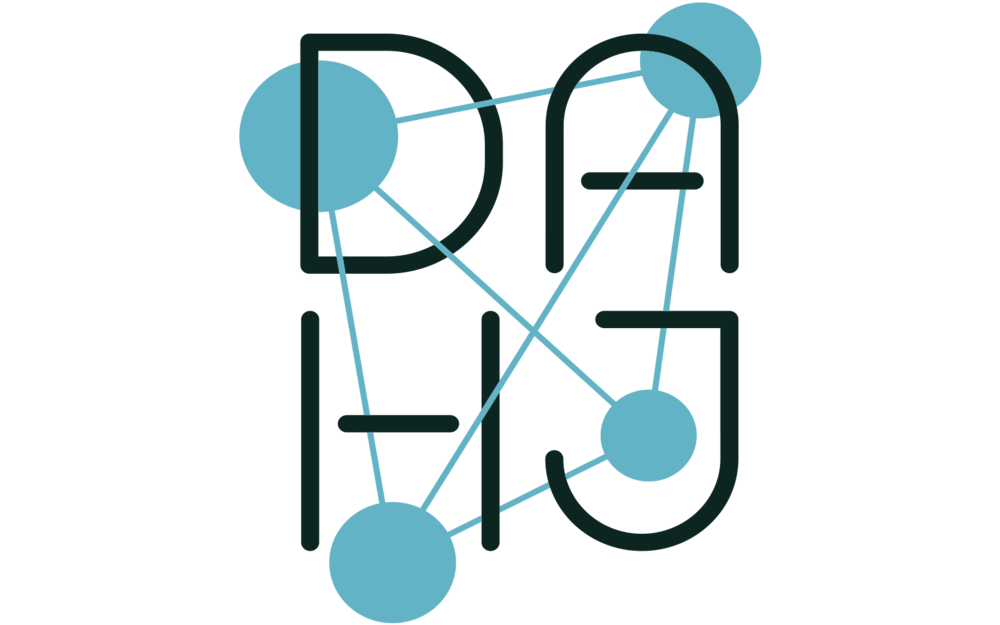Abstract
GLAM institutions all over the world are digitizing their collections. As the number of items in such a collection amounts to tens or even hundreds of thousands, providing comprehensible access and presentation becomes increasingly difficult. At the same time, a steadily growing amount of this data is openly available. This gives rise to various projects approaching the hidden treasures in these collections with computational tools. The project presented here, Gugelmann Galaxy, lets the user explore an entire collection of digitized images and their textual metadata in an immersive three-dimensional cloud, whose configuration can be rearranged according to different criteria. The project questions traditional models of categorization and curating and implements alternative approaches prototypically.
Author
Mathias Bernhard
is a PhD student at the chair for Computer Aided Architectural Design (CAAD), ETH Zurich. His research focuses on the synthesis of novel artifacts by recombining and learning from vast collections of precedents. He studied architecture at the École Polytechnique Fédérale de Lausanne (EPFL) and at the Eidgenössische Technische Hochschule Zürich (ETH). After his diploma, he worked as an assistant at the rapid architectural prototyping laboratory (RAPLAB) on the application of digital fabrication in research and teaching. After finishing a master of advanced studies (MAS) and two years in a interdisciplinary team applying state of the art building technology research on the planning of a real world building on the ETH campus (ArchTecLab), he started his doctoral studies at the chair for CAAD. He has also been teaching classes for bachelor, master and post-graduate students ever since starting his work at the ETH Zurich.

